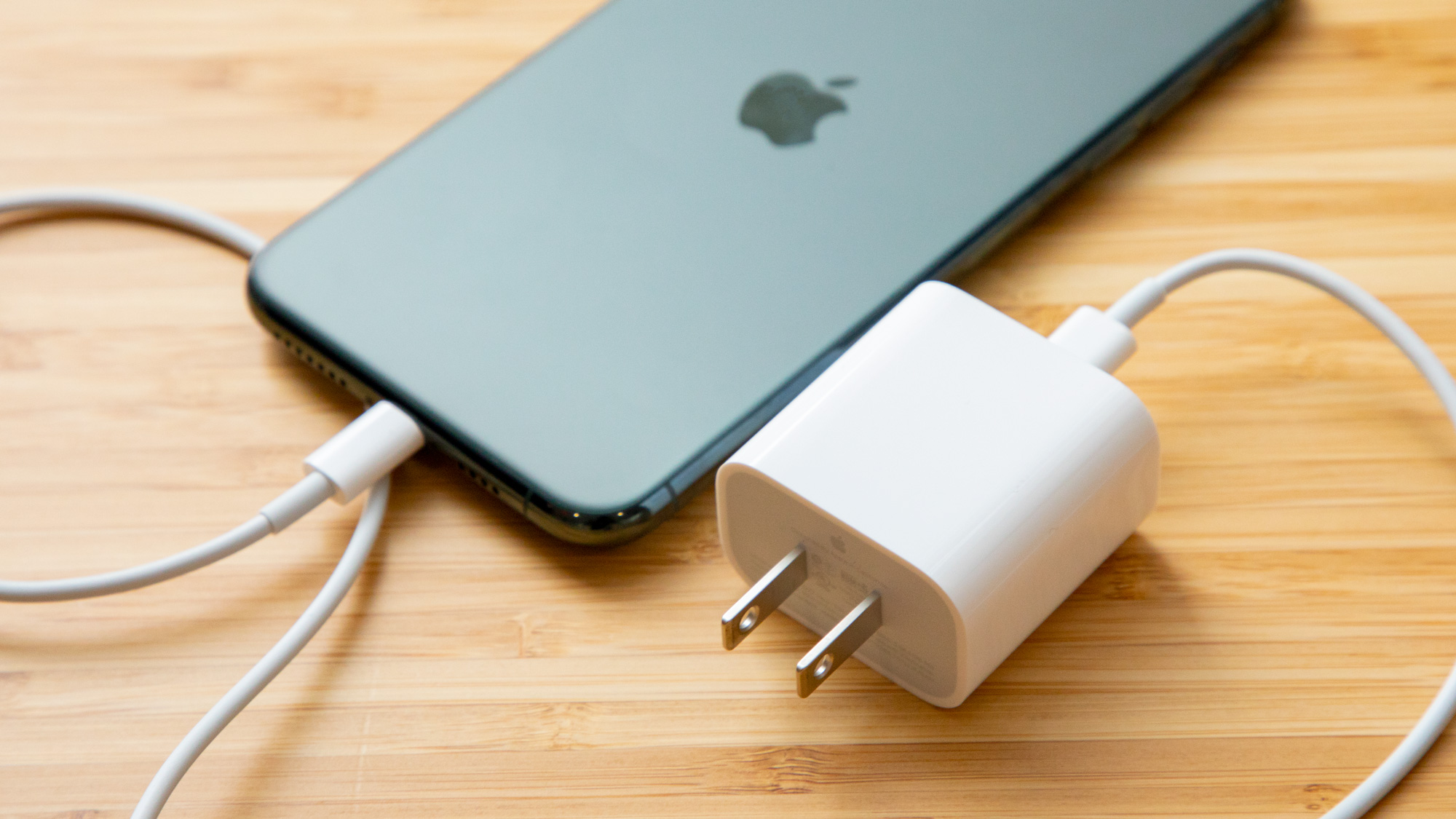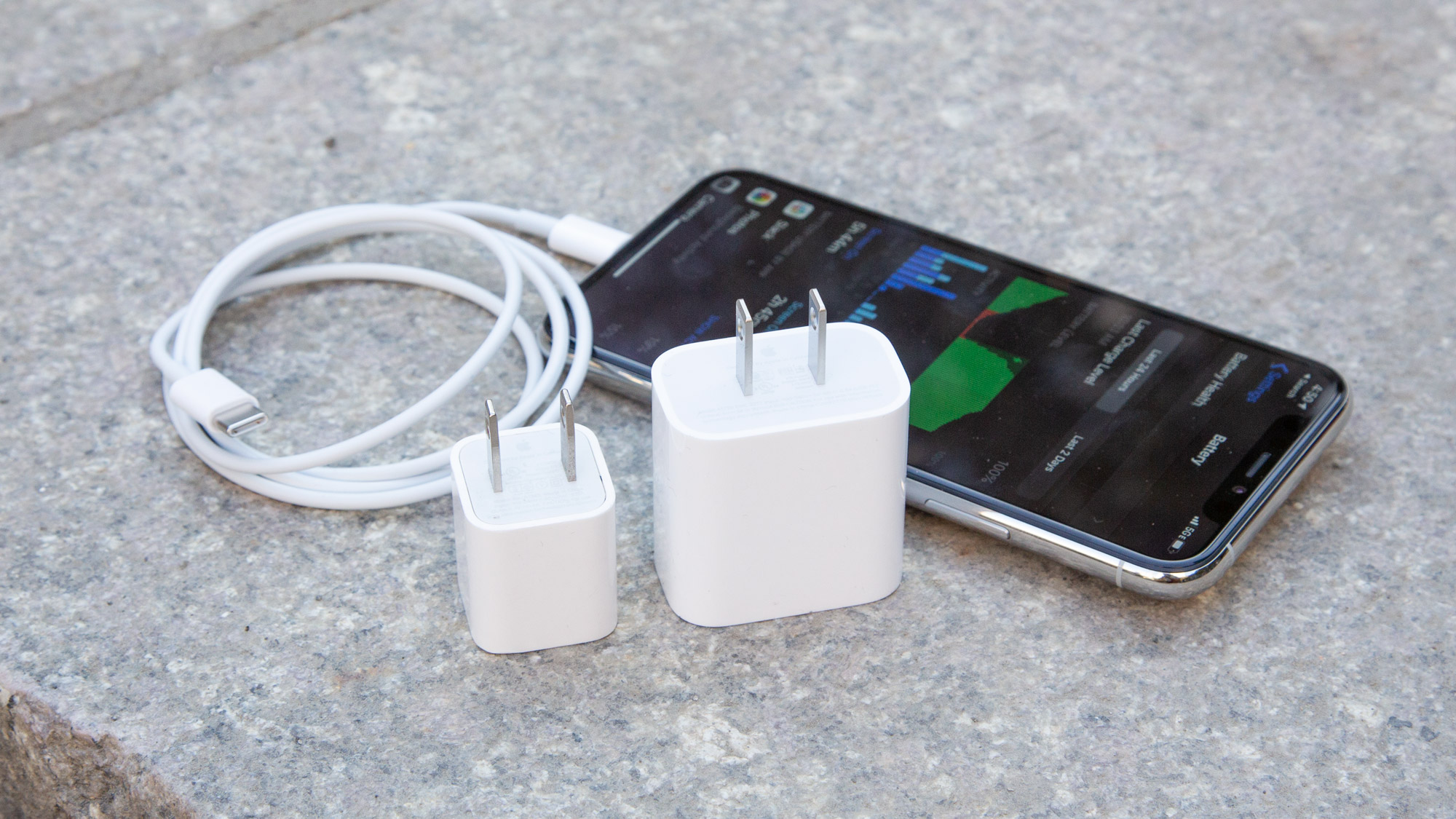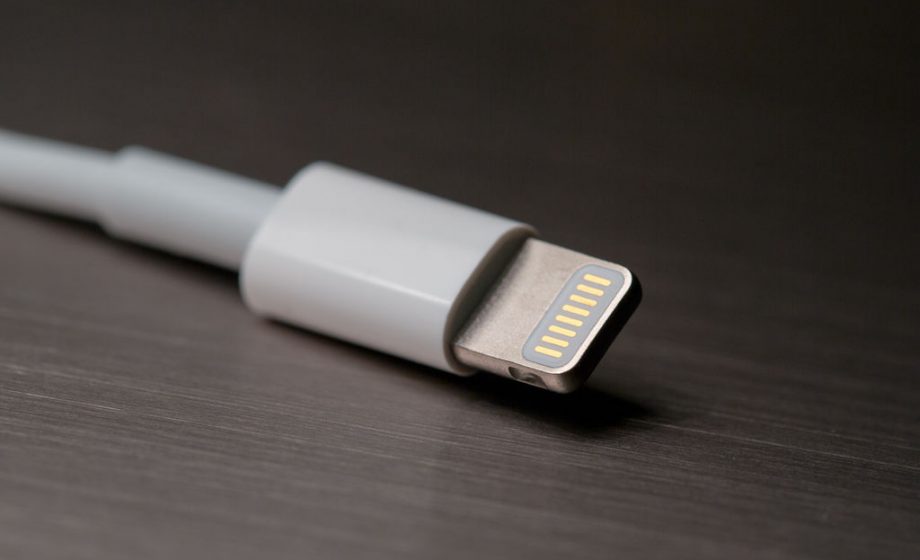Why the iPhone 12 should switch to USB-C, even though it probably won't
We can dream, can't we?

The iPhone 12 launching with a USB-C port is incredibly unlikely - Apple has stuck with its proprietary Lightning port in nearly all its handheld devices for a long time now, and we wouldn't expect the new devices to be any different.
At the beginning of 2020, the European Parliament passed a resolution calling for the introduction of a 'standard' charging medium, but as one leaker suggested, "Apple will go portless before they go USB-C".
Apple avoiding USB-C is probably a matter of pride at this point, and we'd also expect it to go for a portless design (which uses wireless charging for power) before using USB-C.
However, as much as Apple tries to avoid using USB-C, the modern smartphone standard, the port would provide plenty of benefits to the new iPhone. Apple likely knows this too, given its iPad Pro models now use USB-C.
Here we're going to delve into Fantasy Land, to a place where Apple as we know it is completely different, and envision this mystical iPhone 12 that comes with a USB-C port. These are all the ways that iPhone 12 would be better than the one we're likely to get with Lightning.
1. Much faster charging
Lightning ports just don't transfer power as fast as USB-C. Case in point: the iPhone 11 charges at 18W, while the Xiaomi Mi 10 Ultra uses USB-C to power up at a whopping 120W. Even looking at not-top-end USB-C phones, 30W or 65W charging is common.
That means the iPhone takes a lot longer to power up than an Android phone, which can be annoying for people who don't want to plug their phone in for ages.
Get daily insight, inspiration and deals in your inbox
Sign up for breaking news, reviews, opinion, top tech deals, and more.
Sure, Apple has found a way to offset this problem - but it's by giving iPhones small batteries, so it doesn't take as long to fill them up. That's not exactly a perfect solution though.
If an iPhone used a USB-C port, it could have much faster charging, letting you charge a big battery quickly, so overnight charging becomes a thing of the past.

2. Quicker data transfer
A USB-C port isn't just faster for powering up things, but it also makes data transfer quicker.
Most people likely send files and pictures wirelessly now, and even if you use wires you're probably not sending enough to require a faster sending speed but some users will benefit from that. If you've shot lots of videos on your iPhone and want to send them to your iPad or computer to edit together, you'll appreciate that extra speed.
For the few people who actually need that super-fast data transfer speed, an iPhone 12 with USB-C port would give them that possibility they'd otherwise miss.
3. All peripherals would work on all devices
If you've ever transferred from an iPhone to Android device (or vice versa), or even just bought a tablet from the opposite team to your smartphone, you'll have found that most of the peripherals you've bought can't be plugged in both.
Selfie sticks, tripods, certain audio cables, solar chargers, some power banks and more sometimes get sold in 'iPhone' and 'Android' variants, complete with cables that only work for that device.
If Apple pivoted to using USB-C ports in all its devices (an idea it has already flirted with in the iPad Pro), the gadgets you buy in the future will work on all your devices.
This will save you money, by stopping you buying multiple peripherals, and make it easier to re-sell them or pass them on to friends when you don't need them any more.

4. Much less e-waste
If you have an iPhone and an iPad Pro, or an Android phone and a standard iPad, you're going to need two different chargers - isn't that just a little bit baffling?
People should be required to own as few chargers as possible, and given you can power up some wearables, many headphones and soon the PS5 controller all with USB-C, it makes sense iPhones join the party.
Apparently Apple is considering not putting a charger in the box with iPhones, a commendable change to crack down on e-waste, but it'd be great if consumers didn't need to buy a Lightning cable because they already owned the right charger.
E-waste is a huge problem after all, with an estimated million tonnes of power supplies manufactured each year, and that situation is partly because you need a different charger for your iPhone than for anything else.
In our fantasy world, the iPhone 12 has USB-C so we don't need a separate cable for it. Saying that, in this magic land, global warming isn't a problem at all, so it may be a moot point.

Tom Bedford joined TechRadar in early 2019 as a staff writer, and left the team as deputy phones editor in late 2022 to work for entertainment site (and TR sister-site) What To Watch. He continues to contribute on a freelance basis for several sections including phones, audio and fitness.